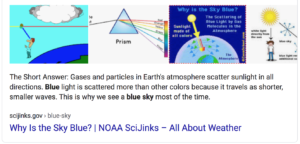How To Advertise On Clubhouse
Have you heard of Clubhouse yet? It’s the newest social media app to take the world by storm. The invite-only drop-in audio platform currently has over 2 million people users interacting with the platform each week. The new platform is currently valued at over $1 billion US dollars.
After a tweet recently sent out by Elon Musk, the platform received a huge push after he tweeted that he would be hosting an event on Clubhouse. It just so happened that he was joined by the Robinhood CEO, Vlad Tenev, gaining even more traction.
To sum up the platform in a few words, Clubhouse offers people a loose collection of drop-in clubs and events, where you can not only listen to people discuss topics ranging from startups and technology through to philosophy and comedy, but also contribute your own questions and thoughts. It’s kind of like a spontaneous podcast that anyone can listen to live, and several hundred to several thousand attendees dropping in from all over the world.
The platform has completely exploded in popularity and is growing rapidly by the day (the app had just 600,000 weekly users in December of 2020). The caliber of users is increasing since the Elon Musk tweet, and all are at least experimenting with the new platform. The obvious question for creators, brands, and contributors, however, becomes ‘how do we monetize this?’.
Currently, Clubhouse does not offer any in-app advertising functionality, as the company doubles down on the growth and user experience of its platform. However, that doesn’t mean that you can’t advertise on Clubhouse. Let’s take a look at both podcasts and meetups (during normal non-COVID times) to discover how marketers can jump ahead of the curve and make money advertising on Clubhouse.
1. Branded Events and Clubs
It can be as simple as a branded event. Brand events and clubs always have an extra flare by adding something to the effect of ‘Presented by Company X’ in the title of an event. This is no different to many a local tech or startup meetup that might be presented either online or an in-person type of event. Not only that, but larger more traditional organizations — think IBM, Microsoft, and financial services organizations — are always more than delighted to align themselves with the latest trends and up-and-coming segments.
2. Guest/Celebrity Appearances
Both brands and personalities might want to access the spotlight at high-quality events that draw a large crowd and place them alongside influential figures.
As such, you might be able to offer pay-to-play for speakers/moderators at your events. This gives them an opportunity to get in front of their audience, build their own Clubhouse following, and develop or further solidify their brand and association with a particular demographic.
3. Product Placement
If you’re running an event on, say, beauty, and you have a club that regularly draws thousands of people to its events, then you will no doubt find brands that will want to get in front of your audience. Common in podcasts and events alike, product placement can be huge for an app such as Clubhouse. For example, it could be a conversation centered entirely around reviewing a certain product live, or discussing the features with a trusted influencer.
It might be as simple as name-dropping products, and if you have any reservations about this, limit product placements to products that you’re personally using and give out affiliate links for certain products and/or services that you would personally vouch for.
More from Onimod Global
Onimod Global is looking forward to the future and helping your business reach your full digital potential. Interested in growing your digital presence for your company? Reach out to us here!
Onimod Global releases the latest digital marketing news and essential marketing tips every Tuesday and Thursday! To catch up on the top digital marketing news and trends, click here. To find out more about who we are and what we do, click here.


